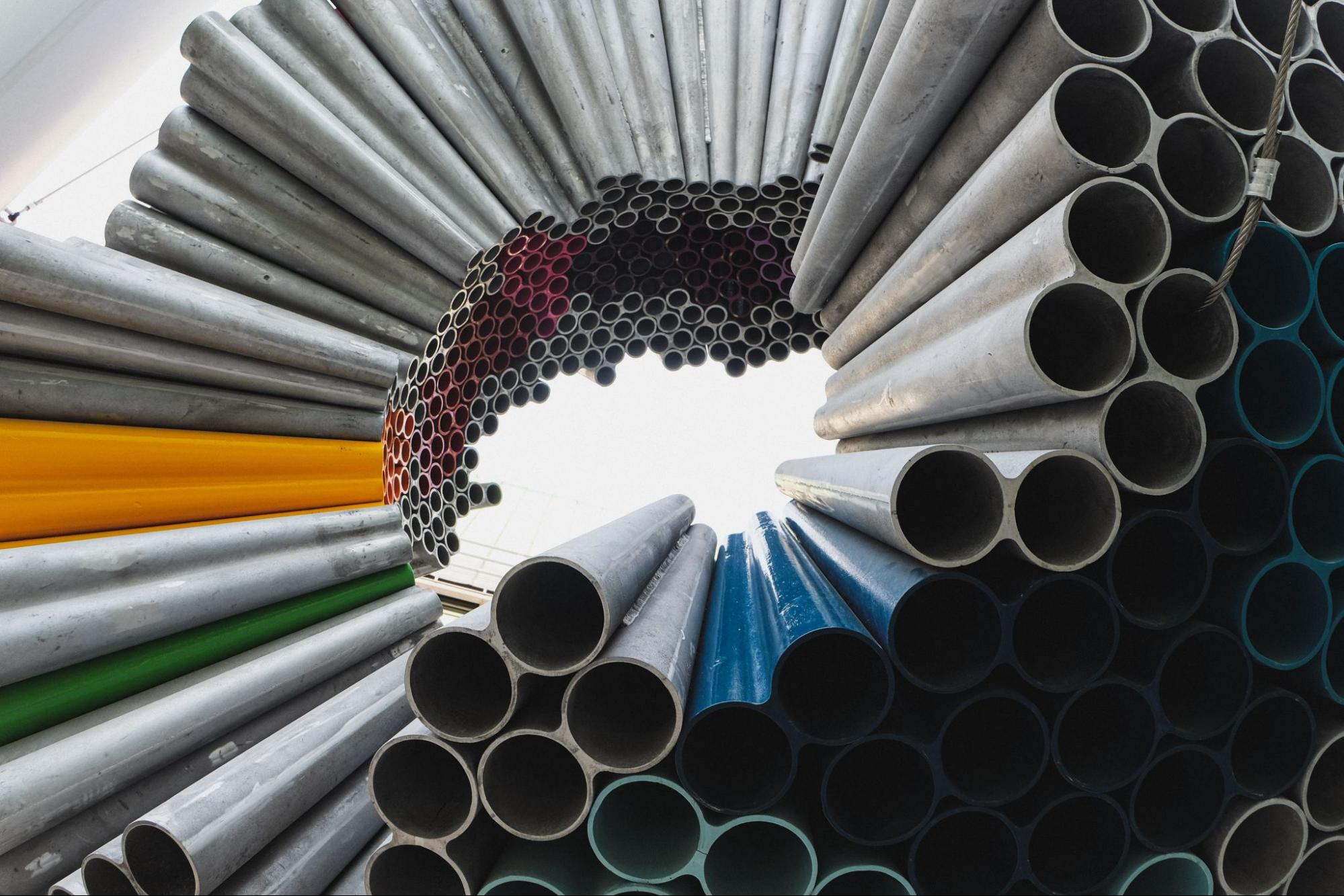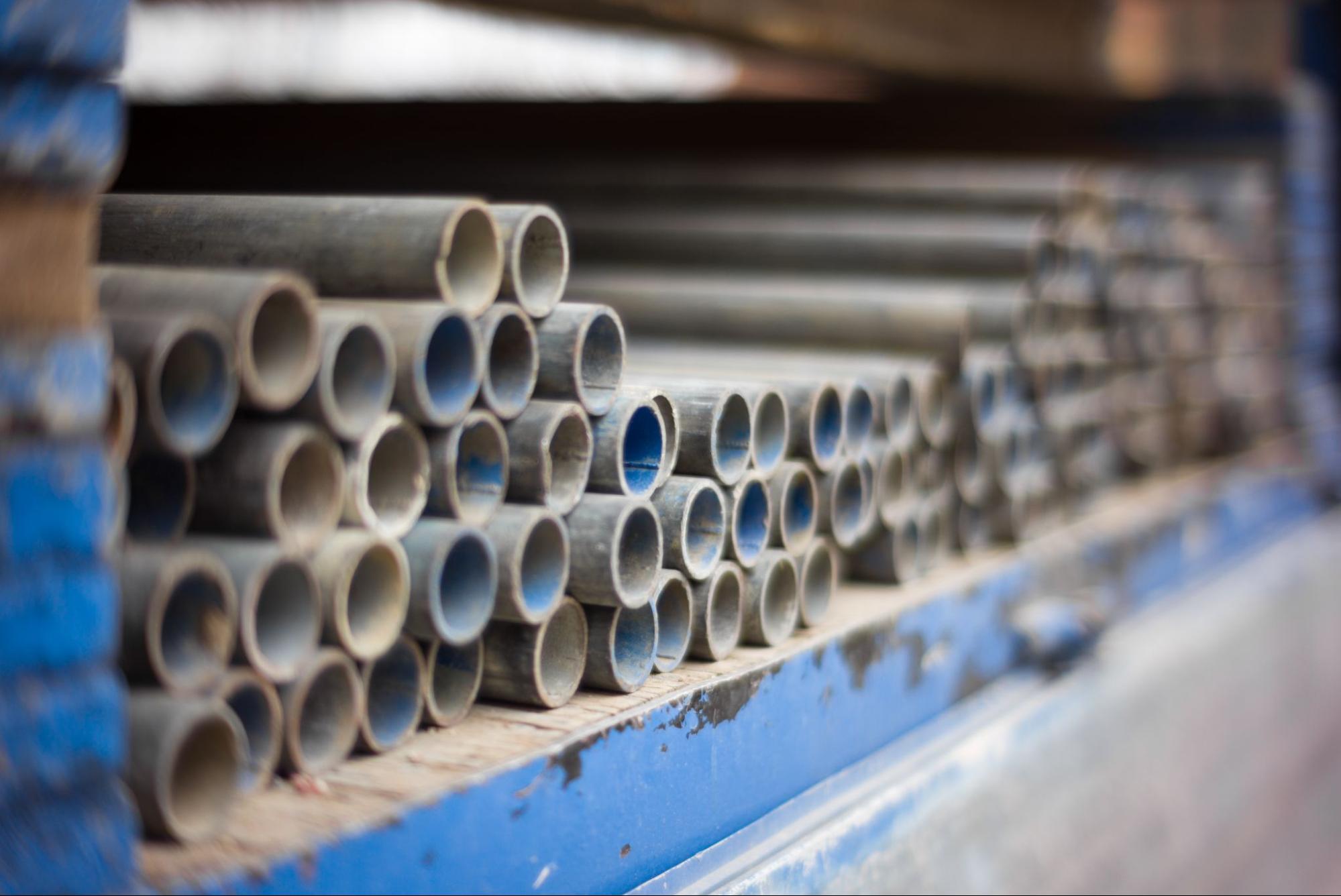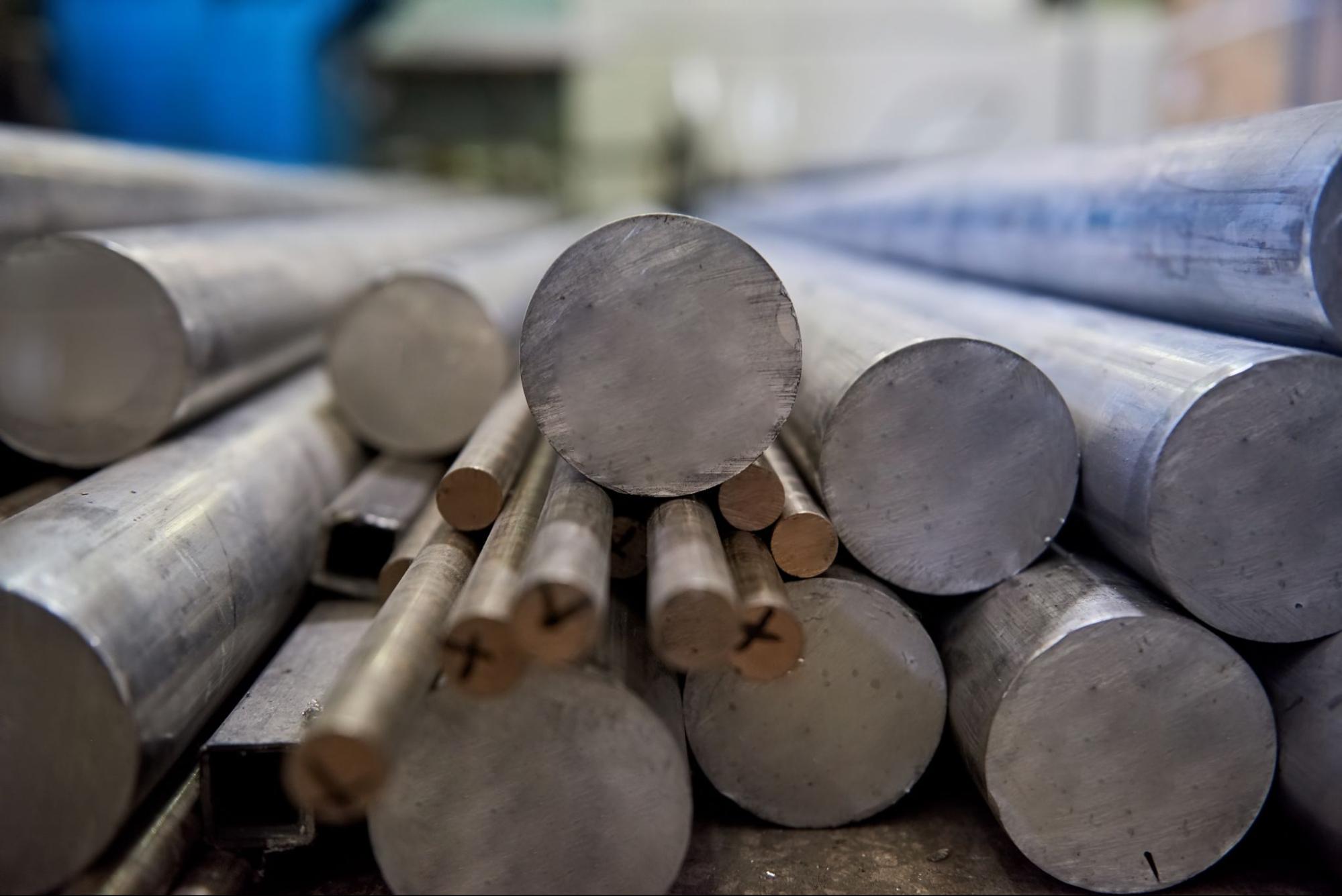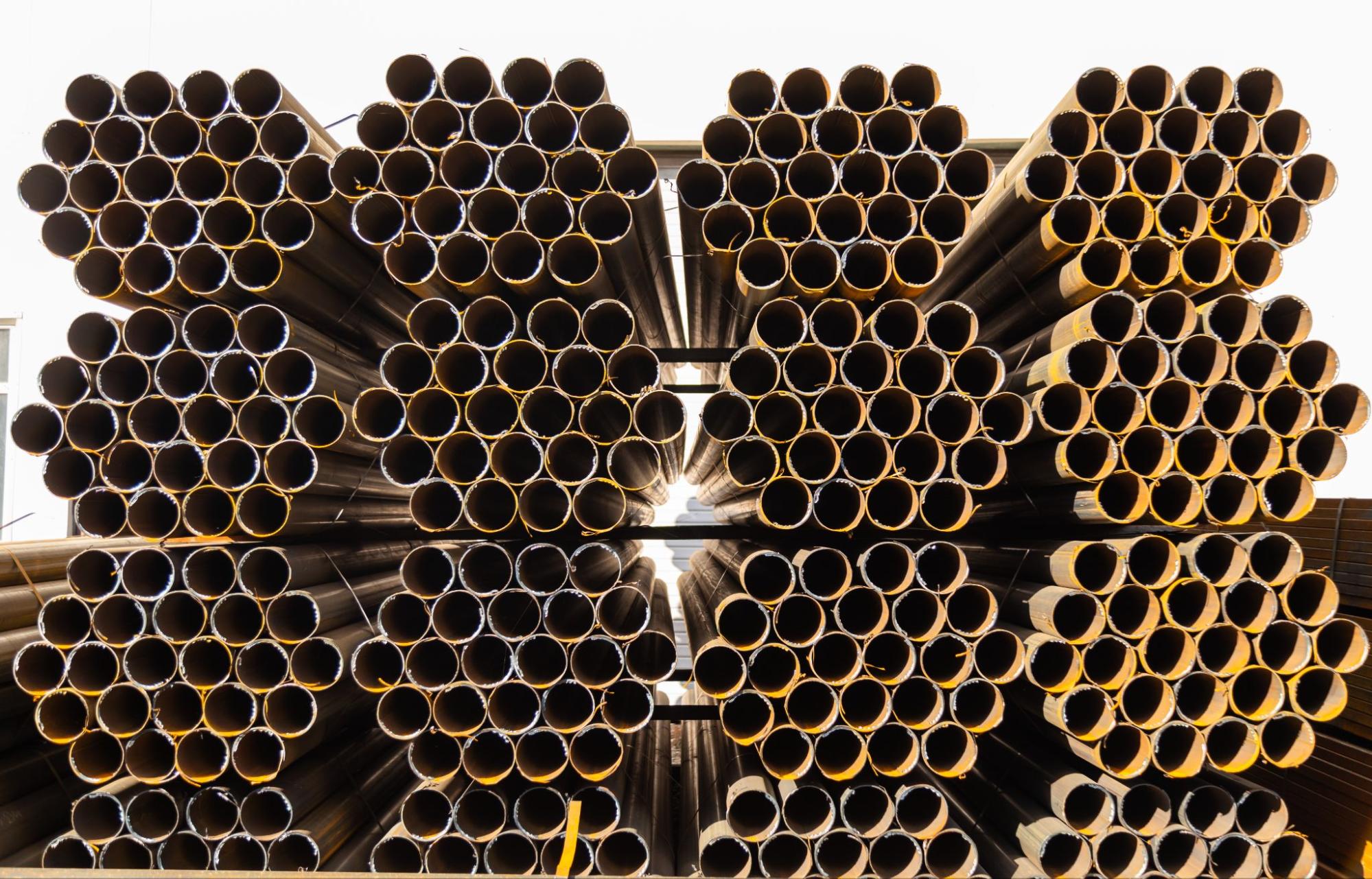Aluminium vs Stainless Steel Gazebos - Which Is Better?
12th Sep 2023

The choice between an aluminium and a stainless steel gazebo can be tricky. We're diving deep to compare these two heavyweights so you can make an informed decision without any fuss.
Understanding The Basics
What Are Aluminium Gazebos?
Aluminium gazebos consist mainly of aluminium alloy. This material is popular in the aerospace industry because it’s light but still reasonably sturdy. In the gazebo world, aluminium is the go-to for anyone who wants a hassle-free setup. These gazebos usually come with tops made from canvas, polyester, or even hard plastic, providing various options for style and durability.
What Are Stainless Steel Gazebos?
Think of stainless steel gazebos as the Hulk of the gazebo world - solid, unyielding, and made to endure. The stainless steel structure makes them highly resilient to environmental factors. These gazebos are your best bet for a more permanent setup, whether it’s in your garden or as part of a commercial outdoor space.
Comparing Aluminium & Steel Gazebos
Durability & Lifespan
Aluminium: Though lightweight, aluminium gazebos aren't known for extreme durability. If you're looking for something more temporary or seasonal, aluminium is the way to go.
Stainless Steel: On the flip side, stainless steel gazebos are practically indestructible, provided you maintain them well. They're ideal if you're going for a more permanent setup.
Resistance To Weather Conditions
Aluminium: Aluminium fares well in mild climates but can show wear under snow loads or high winds. Its rust-resistance is a bonus, though.
Stainless Steel: Built like a tank, a stainless steel gazebo is more likely to laugh in the face of harsh weather.

Maintenance & Cleaning
Aluminium: Easy as pie. A quick wipe down with a mild detergent and water is usually all it needs.
Stainless Steel: More needy but worth the trouble. Regular polishing and specialised cleaning agents are recommended to maintain its shiny facade.
Aesthetics & Design Options
Aluminium: Given its lighter weight, aluminium allows for intricate designs, from ornate styles to sleek, modern looks.
Stainless Steel: Heavier and generally more robust, the designs tend to be minimalist but exude an industrial charm.
Ease Of Assembly & Disassembly
Aluminium: Great for those who dread assembly. It’s also easier to move around, making it ideal for pop up gazebos.
Stainless Steel: Here, you'll want to phone a friend. These gazebos are more rigid and require more effort to set up or break down - unless a pop up, of course!
Pros & Cons Of Aluminium Gazebos
Pros of Aluminium Gazebos
- Lighter weight: Aluminium gazebos are much lighter, making them easier to transport, move around, or even take with you for events like beach parties or picnics. The lighter weight makes it feasible for one or two people to assemble it.
- Easier to assemble: Thanks to the lightweight nature of aluminium, the assembly process is usually straightforward and less physically demanding. This feature is particularly beneficial for pop up gazebos, which you might want to set up temporarily for events.
- Variety in designs: The malleability of aluminium allows manufacturers to create a wide range of designs, from intricate, decorative styles to modern, streamlined looks. You can find something to fit nearly any aesthetic preference.
- Natural rust resistance: Aluminum forms a protective oxide layer naturally, which helps prevent corrosion. This feature can be particularly beneficial in moist or coastal climates.

Cons Of Aluminium Gazebos
- Less durable: While aluminium is reasonably sturdy, it isn't as strong as stainless steel. It's more susceptible to dents, warping, or bending, particularly under heavy snow or wind loads.
- Weather-sensitive: While it's rust-resistant, aluminium isn't as sturdy in extreme weather conditions. High winds, for example, can be problematic for lighter aluminium gazebos.
- Shorter lifespan: Even with proper maintenance, an aluminium gazebo generally won’t last as long as one made of stainless steel, particularly if it's subjected to tough environmental conditions.
- Potential for oxidation: While not as prone to rust, aluminium can suffer from oxidation, leading to a powdery white residue. This is mainly an aesthetic issue but can be a drawback for some people.
Pros & Cons Of Steel Gazebos
Pros Of Stainless Steel Gazebos
- Highly durable: One of the biggest draws of stainless steel is its extreme durability. It’s resistant to most forms of physical damage, including chipping, scratching, and denting.
- Resistant to extreme weather: Whether it's torrential rain, blazing sun, or heavy snow, stainless steel can generally handle it. This makes it ideal for permanent installations where the gazebo will be exposed to the elements year-round.
- Longer lifespan: A well-maintained stainless steel gazebo can last for many years, possibly decades, making it a good long-term investment.
- Elegant and timeless aesthetics: The sleek, shiny look of stainless steel is often seen as more premium and can add a level of sophistication to your outdoor space.
Cons Of Stainless Steel Gazebos
- Heavier: The durability comes at the cost of weight. Stainless steel gazebos are significantly heavier, making them difficult to move once set up. This is something to consider if you like to redesign your outdoor layout frequently.
- Harder to assemble: The weight and rigidity of stainless steel make it a more challenging material to work with during assembly. It's typically a job for more than one person and may require specialised tools.
- Maintenance: While durable, stainless steel is not entirely maintenance-free. It can benefit from regular cleaning and may require specific cleaning agents to prevent discoloration or tarnish.

Cost Comparisons
It's essential to note that at TFH Gazebos, the size of the gazebo plays a significant role in the pricing. Whether you go for aluminium or stainless steel, you'll find that the larger the gazebo, the higher the price - regardless of the material. This gives you the flexibility to choose based on your needs and preferences, without worrying too much about material-based cost differences.
Factors To Consider When Choosing Between Aluminium & Stainless Steel Gazebos
Your Climate & Local Weather Conditions
Aluminium: If you're in a location with a moderate climate - think light rain, moderate winds, and no extreme temperatures - then an aluminium gazebo can serve you well. Its natural resistance to rust makes it a good choice for damp but not torrential settings.
Stainless Steel: For those in areas with harsh weather conditions like heavy snowfall, strong winds, or intense sun, a stainless steel gazebo is your go-to. Its durable nature can withstand these conditions better, offering a more permanent and reliable structure.
Your Aesthetic Preferences
Aluminium: With a wider range of design options due to its malleability, aluminium gazebos can cater to varied aesthetic tastes. Whether you're looking for something ornate and intricate or sleek and modern, chances are you'll find it in aluminium.
Stainless Steel: If you lean more towards a minimalist, industrial, or contemporary look, then a stainless steel gazebo may be more up your alley. The natural shine and solidity of stainless steel offer a premium, high-end feel.
Your Long-Term Plans & Usage
Aluminium: Are you a renter, or do you foresee moving in the near future? Maybe you like changing up your outdoor space layout frequently. In any of these cases, the lightweight and easy-to-disassemble nature of aluminium gazebos can be a boon.
Stainless Steel: If you’re planning a long-term installation and envision your gazebo as a permanent fixture in your outdoor living space, the strength and durability of stainless steel make it a better choice.
Environmental Concerns
Aluminium: While aluminium is recyclable, the production process can be more energy-intensive, which is something to consider if you're looking for a more eco-friendly option.
Stainless Steel: Generally, the production of stainless steel is less energy-intensive, and the material is highly recyclable, often containing a significant amount of recycled material to begin with.
Both Types Offer Multiple Benefits
Choosing between aluminium and stainless steel gazebos boils down to your individual needs and circumstances. Each material has its own set of benefits and drawbacks, so consider what aspects are most important for you. Whether it’s the longevity, ease of maintenance, aesthetic appeal, or cost, your perfect gazebo is out there waiting for you.
Frequently Asked Questions
Which gazebo type is more resistant to rust, aluminium or stainless steel?
Both aluminium and stainless steel have good rust-resistant properties, but stainless steel has a slight edge. This is because stainless steel contains chromium, which forms a passive layer of chromium oxide that prevents further corrosion. Aluminium does have a natural oxide layer, but it is not as robust in preventing rust as the chromium oxide layer on stainless steel. If rust resistance is a top concern, stainless steel would be the better choice.
Can both aluminium and stainless steel gazebos be left up all year round?
Technically, yes, both types of gazebos can stay up year-round, but with some caveats. Aluminium gazebos are lighter and may struggle in extreme weather conditions like high winds or heavy snowfall. They're better suited for milder climates or seasonal use. Stainless steel gazebos, being more robust, are well-equipped to withstand harsh weather conditions and are ideal for permanent installations. Always check the manufacturer's guidelines for long-term use.
Can I paint or finish my aluminium or stainless steel gazebo?
Yes, both aluminium and stainless steel gazebos can be painted, but the processes are different. For aluminium, you'll generally need to apply a primer to help the paint adhere better. Stainless steel often requires light sanding to create a surface that paint can stick to. Specialised metal paints are available for both materials. Always check the manufacturer's guidelines or consult a professional to ensure you're using the right products and methods for your specific gazebo.











